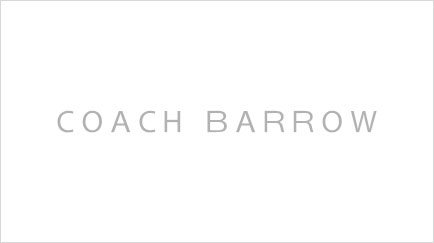Yesterday (Wednesday) was my last “call-in day” of the year.
That means we open our on-line appointment scheduler (see www.appointmentquest.com) to our clients, so that they can book themselves in for a 15-minute laser coaching telephone call with me. I make the call to them from wherever I am (and whatever time zone I am in!).
My assistant opens the book about a week in advance and we accept appointments on a first-come first-served basis. The book is open for three 15-minute sessions in every hour, then a 15-minute break for me. Jen also gives me an hour’s break in the middle of the day.
We operate from 8.00am till 4.00pm EST (which meant 2.00pm till 10.00pm Italian time last night).
On the morning of the day I usually print off the schedule from the web site as a PDF file and have this next to me on my desk so that I can find the telephone numbers quickly and tick off the appointments as they are completed.
These “call-in days” were introduced earlier in the year to cope with the increased demands on my time as a coach and they have been extremely successful. Tied in with our weekly reporting over the web, the clients feel more “connected” to me than they did under the open-house coaching gym model of “call me when you need me”.
Because each call is capped at 15 minutes, the clients mostly arrive well prepared (sometimes they email the agenda beforehand) and quickly became trained to respect when their time is over – because they know they are probably keeping somebody else waiting.
The calls are fun, focused and fast – a style that suits my style very well.
And every one of these days produces “truffles” – moments of real insight where either the client or I say something very powerful – and we capture it.
Its also usual to notice trends in the questions that are asked on call-in days. Yesterday the trend was coaches asking “will it work?” when suggesting various ideas to build their practices.
It can sometimes be frustrating to be asked “will it work?” because the honest answer is “I don’t know – but why don’t you try and find out?”
In my experience, too many coaches want to be assured of success before they take a risk. That, of course, is an oxymoron – a risk is a decision, the outcome of which is unknown. A calculated risk is a decision, the outcome of which is unknown but the downside protected.
You cannot grow your practice unless you take calculated risks.
In the contest of action versus figuring things out – always take calculated action – then figure things out as you go along.
It has worked for me for years – and without calculated risk I would not be a coach, have a practice and have facilitated all of the technology innovation that has allowed myself to leverage my coaching to over 150 clients each year.
How call-in days work

